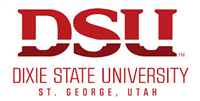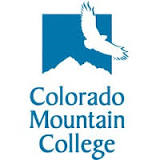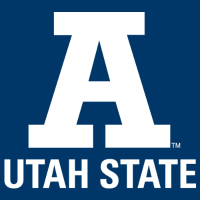What do they do?
Draw blood for tests, transfusions, donations, or research. May explain the procedure to patients and assist in the recovery of patients with adverse reactions.
Also known as:
Lab Liaison Technician, Mobile Examiner, Patient Service Technician (PST), Phlebotomist, Phlebotomy Technician, Registered Phlebotomist
-
12.7%
Change
Ranks #46 in job growth rate810Job Openings
Ranks #9 in net job growth
-
Contra Costa Medical Career College
Antioch, CA
-
MTI College
Sacramento, CA
-
Northwest Career College
Las Vegas, NV
-
American Institute of Medical Sciences & Education
Piscataway, NJ
-
Bates Technical College
Tacoma, WA
Looking for colleges that offer a specific major? Use the College Match Tool to find your best-matched schools and discover your estimated Net Price!
- Doctorate or Professional Degree (1%)
- Master's degree (2%)
- Bachelor's degree (10%)
- Associate's degree (19%)
- Some college, no degree (42%)
- High school diploma equivalent (25%)
- Less than high school diploma (2%)
People in this career often have these skills:
- Service Orientation - Actively looking for ways to help people.
- Social Perceptiveness - Being aware of others' reactions and understanding why they react as they do.
- Active Listening - Giving full attention to what other people are saying, taking time to understand the points being made, asking questions as appropriate, and not interrupting at inappropriate times.
- Speaking - Talking to others to convey information effectively.
People in this career often know a lot about:
- Customer and Personal Service - Knowledge of principles and processes for providing customer and personal services. This includes customer needs assessment, meeting quality standards for services, and evaluation of customer satisfaction.
- English Language - Knowledge of the structure and content of the English language including the meaning and spelling of words, rules of composition, and grammar.
- Administrative - Knowledge of administrative and office procedures and systems such as word processing, managing files and records, stenography and transcription, designing forms, and workplace terminology.
- Education and Training - Knowledge of principles and methods for curriculum and training design, teaching and instruction for individuals and groups, and the measurement of training effects.
People in this career often have talent in:
- Near Vision - The ability to see details at close range (within a few feet of the observer).
- Arm-Hand Steadiness - The ability to keep your hand and arm steady while moving your arm or while holding your arm and hand in one position.
- Problem Sensitivity - The ability to tell when something is wrong or is likely to go wrong. It does not involve solving the problem, only recognizing that there is a problem.
- Oral Comprehension - The ability to listen to and understand information and ideas presented through spoken words and sentences.
- Written Comprehension - The ability to read and understand information and ideas presented in writing.
- Oral Expression - The ability to communicate information and ideas in speaking so others will understand.
- Deductive Reasoning - The ability to apply general rules to specific problems to produce answers that make sense.
- Speech Clarity - The ability to speak clearly so others can understand you.
People in this career often do these activities:
- Dispose of biomedical waste in accordance with standards.
- Clean medical equipment.
- Prepare medical instruments or equipment for use.
- Collect biological specimens from patients.
- Give medications or immunizations.
- Conduct diagnostic tests to determine patient health.
- Maintain medical records.
- Monitor patients to detect health problems.
- Transport biological or other medical materials.
- Maintain medical equipment or instruments.
- Explain technical medical information to patients.
- Teach medical procedures to healthcare personnel.
- Feed patients.
This page includes data from:

 Occupation statistics: USDOL U.S. Bureau of Labor Statistics Occupational Employment Statistics
Occupation statistics: USDOL U.S. Bureau of Labor Statistics Occupational Employment Statistics








